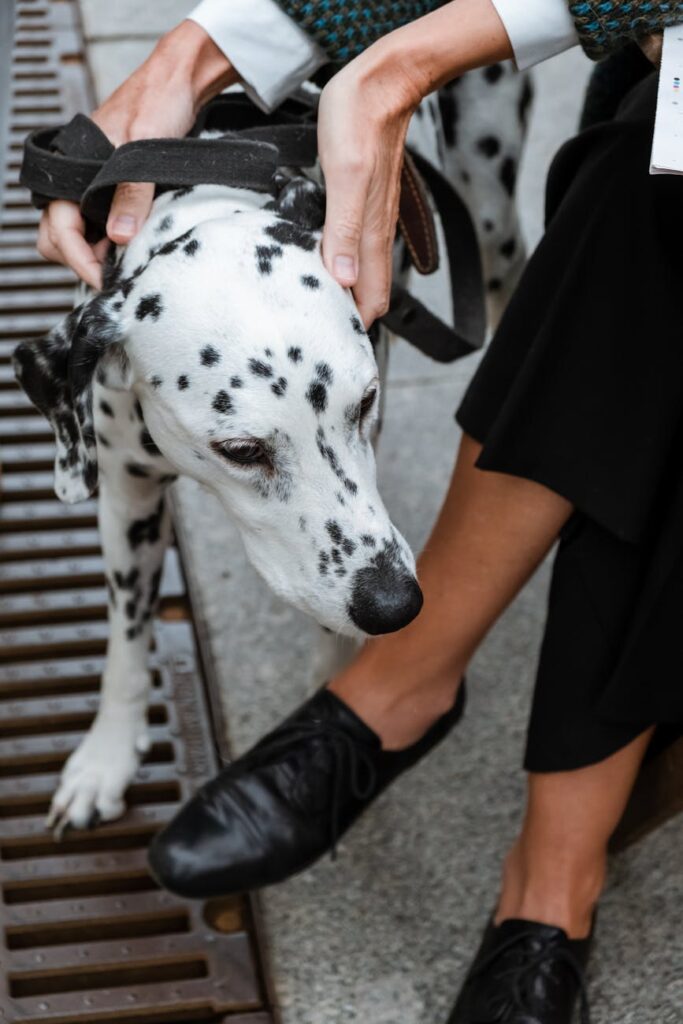Do you have a dog in your house?
If yes, then you know that the dog is a part of your life and plays a pivotal role in your daily life. We mostly take care of the dogs not just because of their well-being but also for us as well. It might sound wrong, but this is the truth.
We love to keep pets around us because they help us stay mentally fit. Also, you do not feel lonely when you have a dog at the house. That pet will always help you stay engaged and feel loved unconditionally.
However, to continue to receive this love and maintain the bond, you must take care of your dog. A dog can get ill if you do not take care of it. They do not know how to speak, and thus, your responsibility is bigger than you think.
Their safety and well-being often come first; as responsible pet owners, it’s crucial to be prepared for emergencies.
Knowing how to act quickly and effectively can make all the difference. You have come to the right place with your concern.
Don’t worry!
Apart from going for a 24 hour Vet in Singapore, which is a must, you have a lot of other tricks to apply. Follow the leads, and your dog will be fine.
1. Handling Choking: Recognizing and Reacting
Choking is one of the most common emergencies for dogs, often caused by swallowing toys, bones, or other objects that obstruct their airway. The signs include coughing, difficulty breathing, pawing at the mouth, or gagging. In severe cases, your dog may even lose consciousness.
What to do?
Stay calm and assess the situation. After that, open your dog’s mouth to check for a visible object. If you can safely remove it with your fingers, do so carefully.
Otherwise, for small dogs, lift them with their back against your chest and apply pressure beneath their ribs. For larger dogs, position yourself behind them, wrap your arms around their abdomen, and apply firm upward pressure just behind the rib cage.
2. Dealing with Poisoning: Quick Steps to Counteract Toxic Ingestion
Dogs are curious creatures, and sometimes they ingest things that are harmful or toxic. Common toxins include chocolate, medications, certain plants, and household chemicals. Symptoms of poisoning vary but may include vomiting, diarrhea, drooling, seizures, or lethargy.
What to do?
Identify the substance.
Consider activated charcoal.
Call your vet immediately.
Always keep emergency contact information for your vet and poison control within reach, as swift action can significantly improve the outcome.
3. Tending to Cut and Wounds: Stop the Bleeding and Prevent Infection
Active dogs may sustain cuts, lacerations, or puncture wounds from various activities like rough play, accidents, or interactions with other animals. While minor cuts can be treated at home, deeper wounds or those involving heavy bleeding need immediate attention.
What to do?
Use clean water for small wounds.
Apply direct pressure with a clean cloth to stop heavy bleeding.
Use a bandage to protect the wounded area.
Even minor wounds can become infected, so keep an eye on the wound for redness, swelling, or discharge, and follow your vet’s care instructions.
4. Recognizing and Responding to Heatstroke: Keep Your Dog Cool
Heatstroke is a life-threatening condition that occurs when a dog’s body temperature rises to dangerous levels. It can happen quickly, especially during hot weather or intense exercise. Signs of heatstroke include excessive panting, drooling, weakness, confusion, and, in severe cases, collapse or unconsciousness.
What to do?
Move your dog to a cooler area immediately.
Offer cool (not ice-cold) water to drink, but avoid forcing them to drink too much at once.
Wet their body with cool water, focusing on areas like the belly, paws, and armpits.
Seek veterinary attention as soon as possible, even if your dog seems to recover, as heatstroke can cause internal damage.
5. Handling Seizures: Stay Calm and Keep Your Dog Safe
Seizures can be alarming to witness, but it’s important to remain calm and avoid panicking. Seizures can happen due to various conditions, including epilepsy, poisoning, or head trauma. A dog having a seizure may collapse, experience muscle spasms, drool, or lose control of its bowels.
What to do?
Clear the area around your dog.
Do not try to hold your dog down.
Time the seizure and note how long it lasts.
If the time exceeds 5 minutes or if multiple seizures occur in a short time, seek emergency veterinary care immediately. After the seizure, your dog may be disoriented or tired. So, try to offer them a quiet, comfortable place to rest and stay with them until they recover.
Conclusion
In emergencies, you may not want to explore too many things as you know anything can happen. So, consider preparing for the best possible scenarios.
As your dog does not have the luxury to talk, it’s hard for both of you to communicate. When there is no communication, try to assess the situation and engage in primary solutions as far as you can. Also, keep all the emergency numbers in your phone so that you can take quick action if needed.

